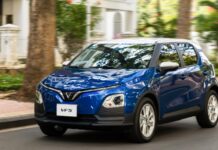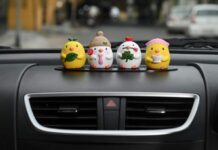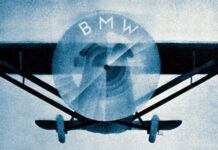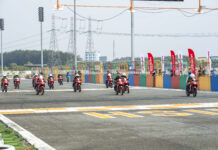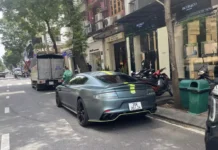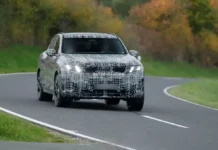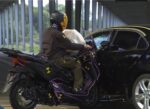Recently, a video surfaced on YouTube showing the steering wheel of a Chinese Omoda C5 vehicle being effortlessly pulled off by hand. The footage quickly went viral, amassing 1.4 million views within just two weeks, capturing the attention of both viewers and media outlets alike.
Video captures Polish reporter pulling off Omoda C5 steering wheel, sparking social media frenzy.
The video was uploaded by TVN Turbo, a Polish YouTube channel. In the clip, the reporter compares two vehicles—an Omoda and a Skoda—specifically testing the durability of their steering wheels. While moving the steering column up and down, no issues arise. However, when the reporter pulls the wheel toward themselves, the entire assembly detaches almost instantly.
This footage has left many viewers concerned about the build quality of Chinese automobiles. Yet, some have questioned whether the video was staged. Skeptics suggest the production team may have intentionally loosened the steering wheel’s locking mechanism to make the Omoda appear inferior to the Skoda.
From another angle, it’s evident the Omoda C5 had sustained prior damage. As a result, it remains unclear whether the loose steering wheel was due to previous impact or if TVN Turbo deliberately tampered with it to generate buzz for their new show.
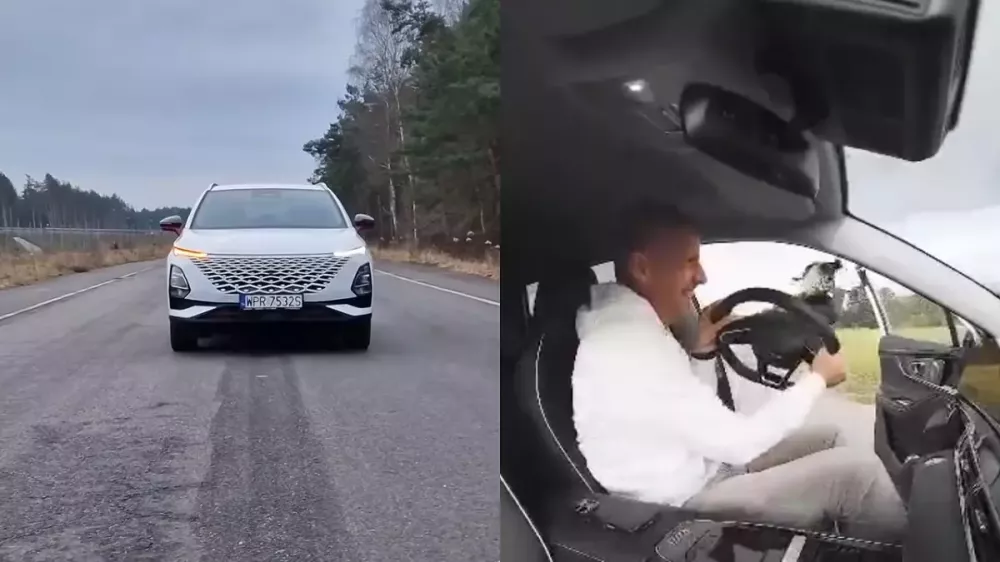
The controversial video of a Polish reporter pulling off the Omoda C5 steering wheel has ignited debates across social media.
Omoda Responds
Omoda, owned by Chery Group, has officially addressed the viral video. “Omoda & Jaecoo respect the role of independent media and the importance of automotive journalism, particularly in testing and evaluating vehicles under various conditions,” the Chinese automaker stated in a press release.
According to Omoda, the incident in the TVN Turbo video occurred during an extreme test, which does not reflect typical driving conditions. “While we do not deny the video, we emphasize that we have not received any technical data or official documentation regarding this incident, and to our knowledge, TVN Turbo has not provided any either.”
“The steering column on the Omoda 5 is designed with driver safety in mind, complying with ECE R12 regulations to protect the driver from impacts to the steering system in the event of an accident. In the video, the steering wheel adjustment lock is released, and the driver repeatedly pulls the wheel forward, backward, up, and down, exerting full force and utilizing the inertia of the upper steering column, including the wheel and airbag,” the company explained.
Omoda noted that the entire steering column weighs approximately 9 kg, the wheel itself weighs 3 kg, and the airbag weighs 1 kg. The company claims the tester generated a force equivalent to about 5.5 kg acting on the upper part of the steering column. The upper mounting points are intentionally designed to detach when force exceeds their threshold. Omoda argues that when a strong individual exerts maximum force, combined with the inertia of the upper column, this safety feature functions as intended by detaching.
The company asserts that the safety latches operated exactly as designed. When force surpasses the allowable limit, the lightweight alloy and plastic upper mounts are engineered to “release,” allowing the steering column to move and protect the driver during a collision. In other words, there was no technical malfunction in this case.
“This structural solution enhances driver safety. Thanks to these detachable mounts, rescue teams do not need heavy equipment to free a trapped driver, increasing their chances of survival,” Omoda affirmed in its press release.
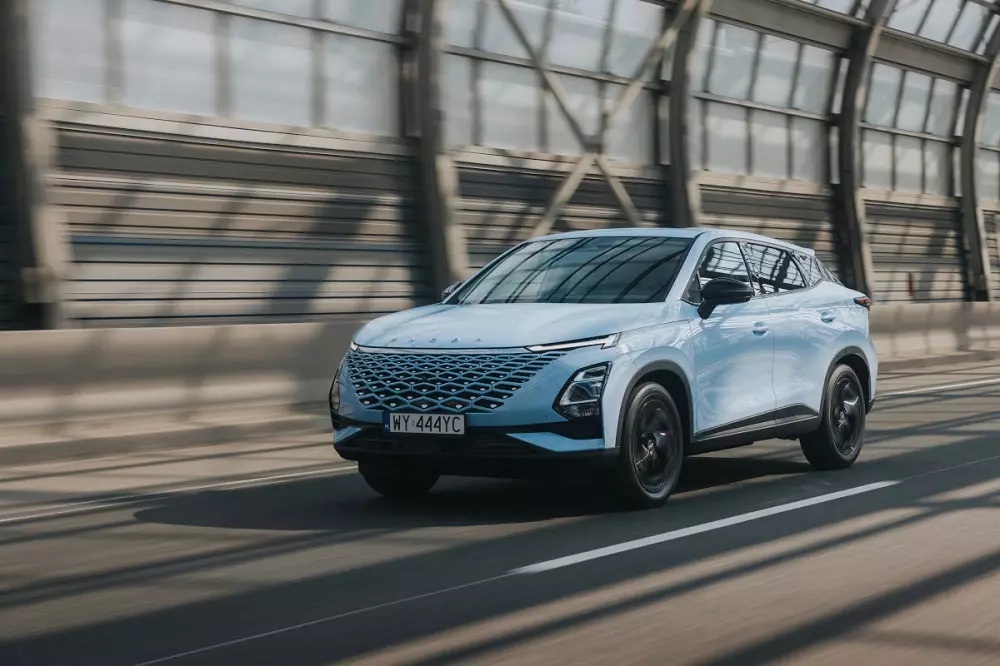
Omoda insists there was no technical fault in the incident.
In Poland, Chery Group operates through its Omoda and Jaecoo brands. Recently, the company also launched its Chery-branded SUV lineup in the European market.









